Who knew mud could be so interesting?
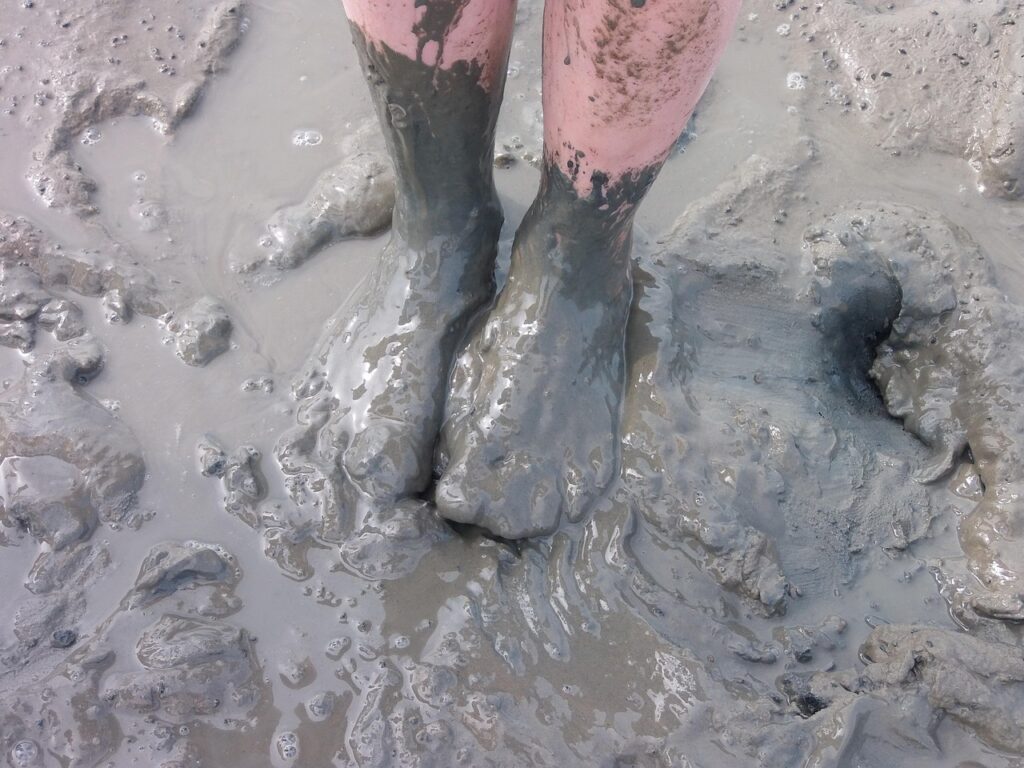
Following my flip-flop mud fiasco the other day, I decided to dig a little deeper into our slippery subject.
Contrary to my initial belief that mud’s main purpose was to sabotage unsuspecting pedestrians and provide the perfect spa day for pigs and baby elephants, it turns out mud is a powerhouse of life and sustainability—for humans and nature alike.
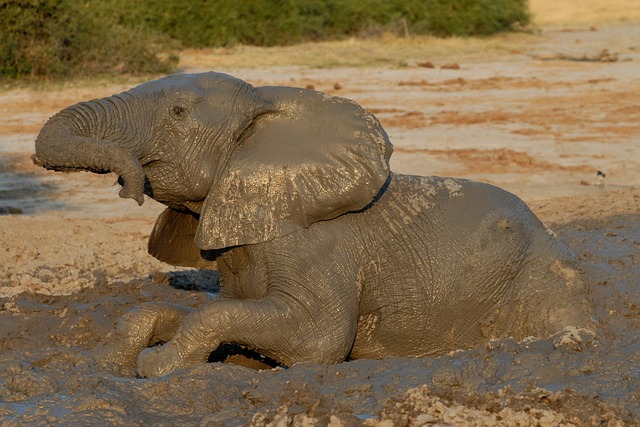
Mud: Nature’s Multi-Tasker
Mud isn’t just messy terrain—it plays a vital role in ecosystems, architecture, and even wellness.
Here’s what I uncovered:
- Animal Sanctuary – Elephants coat themselves in mud to cool off and protect their skin, while birds like swallows use mud to construct nests for their young.
- Ecosystem Engineer – Wetland mud traps carbon, helping mitigate climate change, while marshy mudflats support thousands of species—from burrowing crabs to wading birds.
- Human Innovation – Ancient civilizations built mud-brick homes that regulated temperature naturally—keeping interiors cool in summer and warm in winter. Even today, mud-based architecture is making a comeback for sustainability.
Health & Beauty Secret – Mud baths aren’t just for hippos—humans have used mineral-rich mud for skin detoxification for centuries. Some even eat certain clays for digestive benefits (not recommended after a misstep in a muddy field!)

Mud in Everyday Life
The real shocker?
Mud isn’t just a relic of ancient building techniques—it has modern potential for eco-friendly housing: low-carbon insulation, breathability, and recyclability.
Here’s the magic:
It’s cheaper in the long run. Unlike conventional plaster, mud’s breathability minimises the need for air conditioning, dehumidifiers and excessive heating—keeping homes naturally temperate and cutting energy costs.
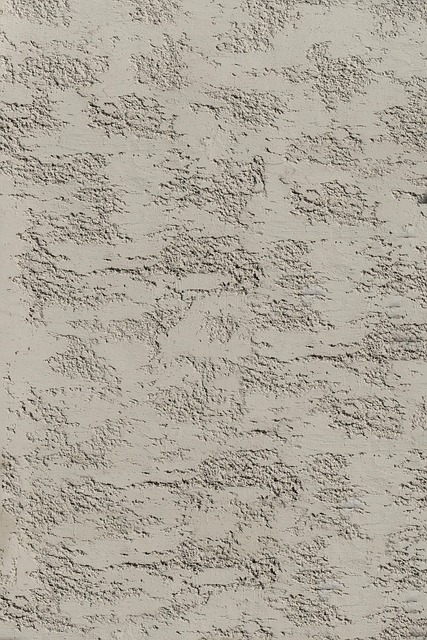
Breathe easy: mud plaster’s natural rhythm regulates more than just temperature.
Less reliance on artificial climate control means lower bills, fewer repairs, and a healthier home environment.
Imagine if mud plaster replaced synthetic materials—our homes would be more sustainable, more affordable… and even cosier.
A Thought to Leave With
“Mud may cling to our shoes and slow us down, but perhaps that’s exactly the point—it asks us to pause, to reconnect, and to consider the messy but meaningful ways we shape the world.”
As we step forward, can we embrace mud not as an inconvenience, but as an opportunity—to build, to nurture, and to tread a little lighter on the planet?
Even if it requires not wearing flip-flops…😉

Mud helps us reconnect with our wild, rooted selves — messy, meaningful, and made of earth.
If you’re new here, you might enjoy my welcome post: Reflections beneath the canopy: How to get back home
Or
If this post has stirred a little eco-building excitement – or you’re simply curious about what mud can truly achieve – why not take a peek at this inspiring article from Architectural Digest? It features five extraordinary mud homes that blend sustainability with serious style and I especially love the sense of belonging and community embodied in the final build.
A home made by many hands that has sheltered many hearts.
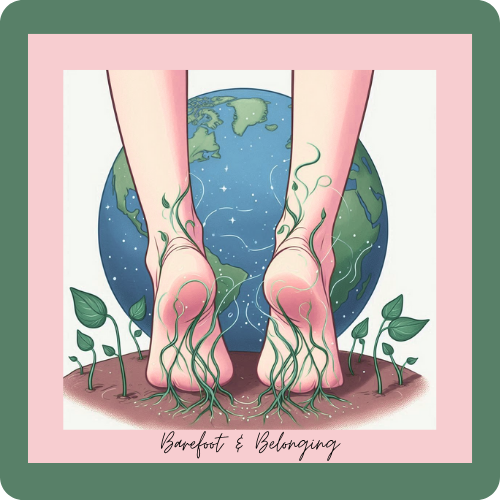
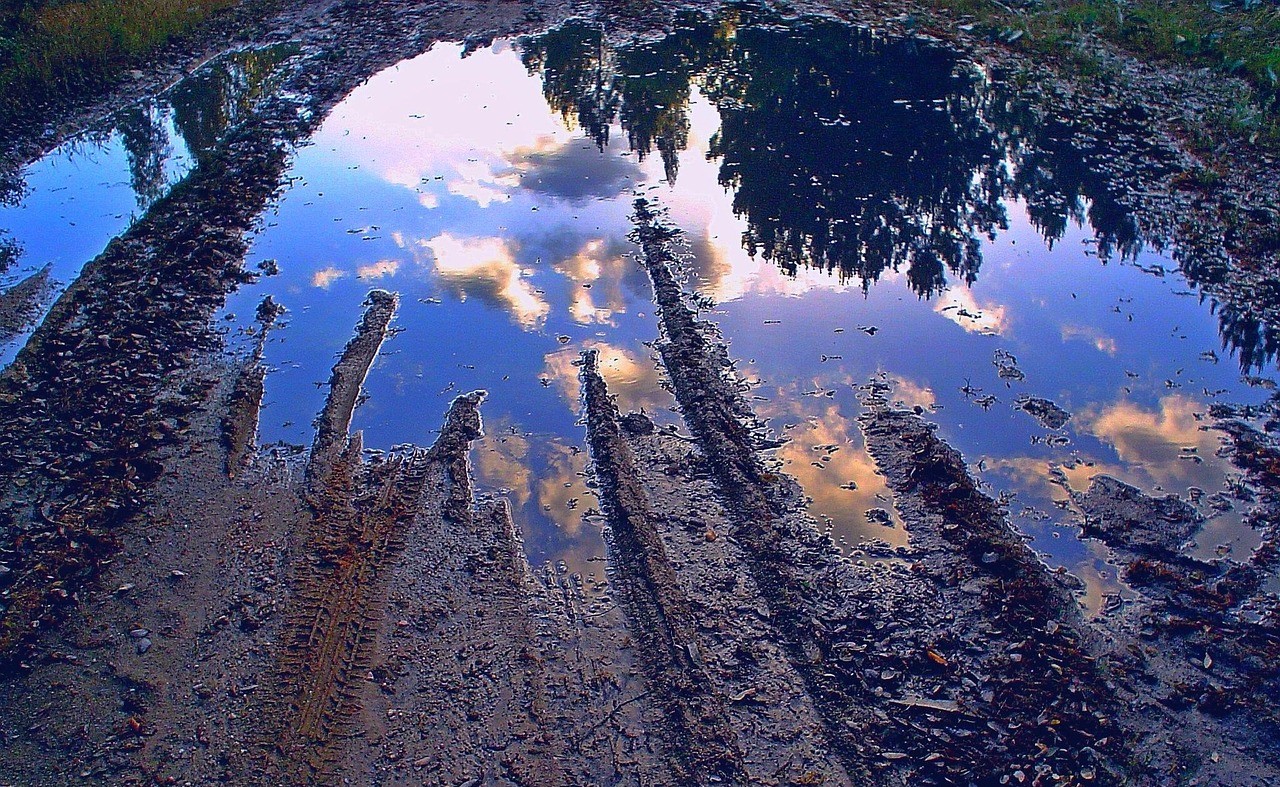
Leave a Reply